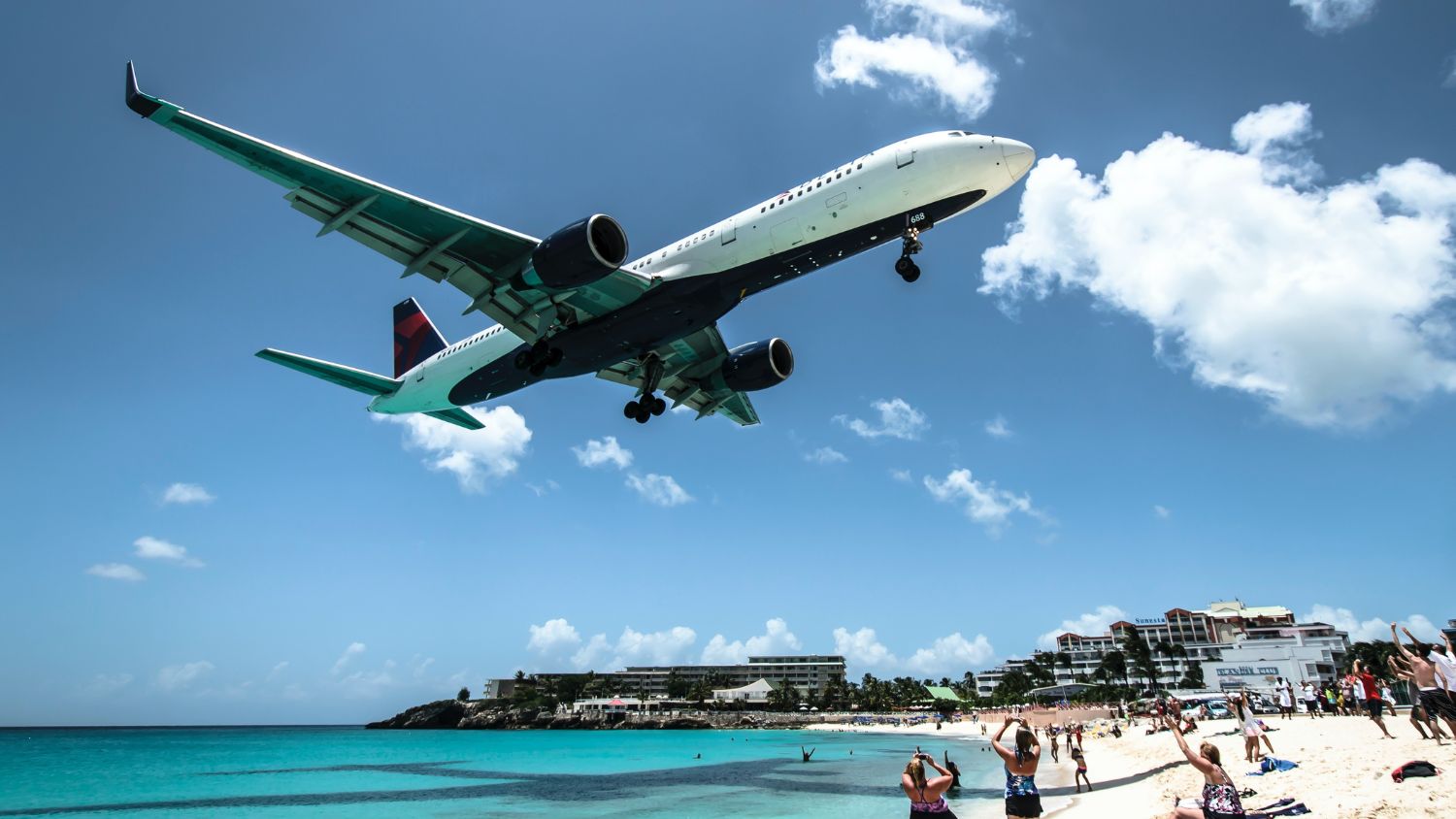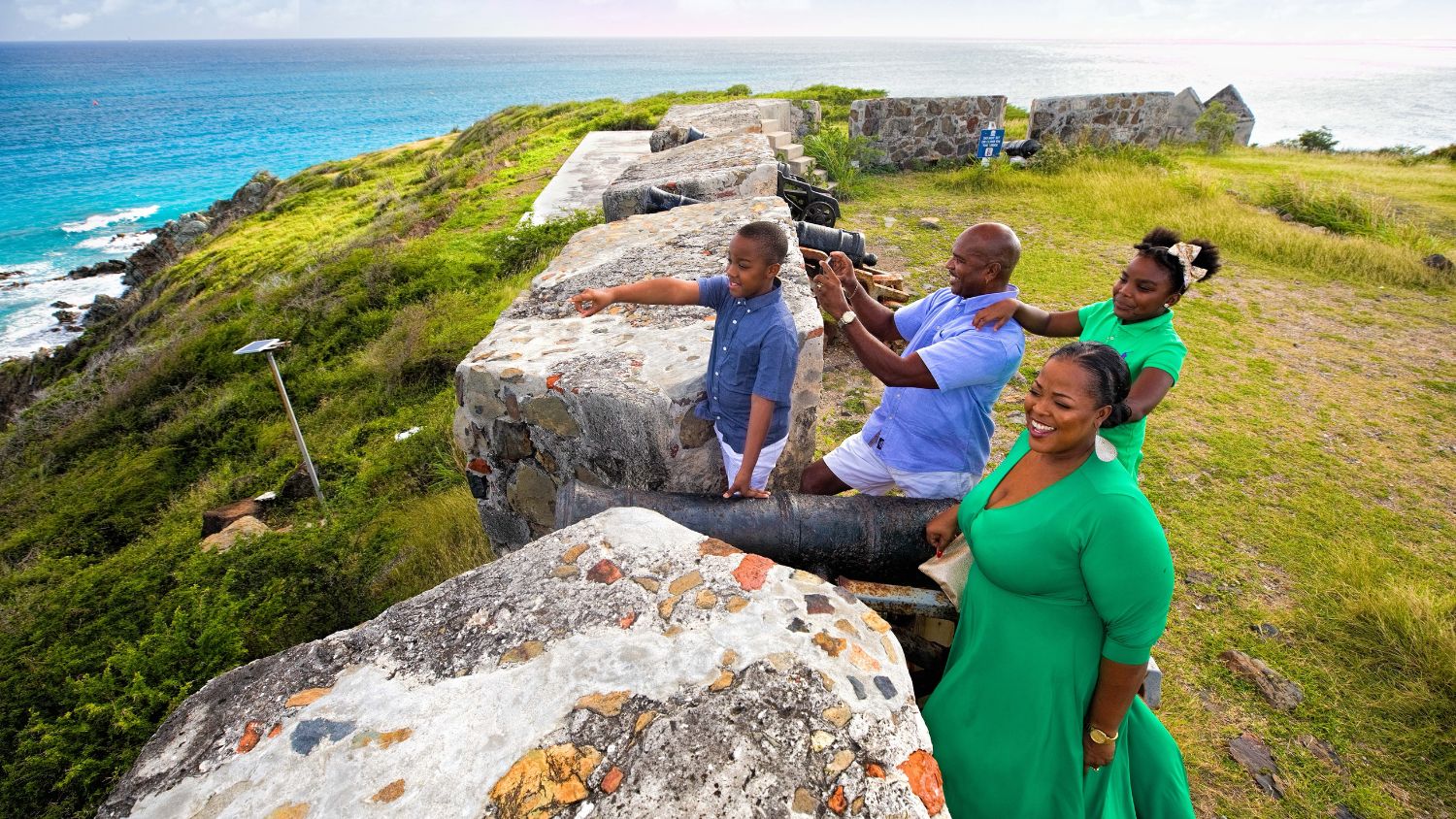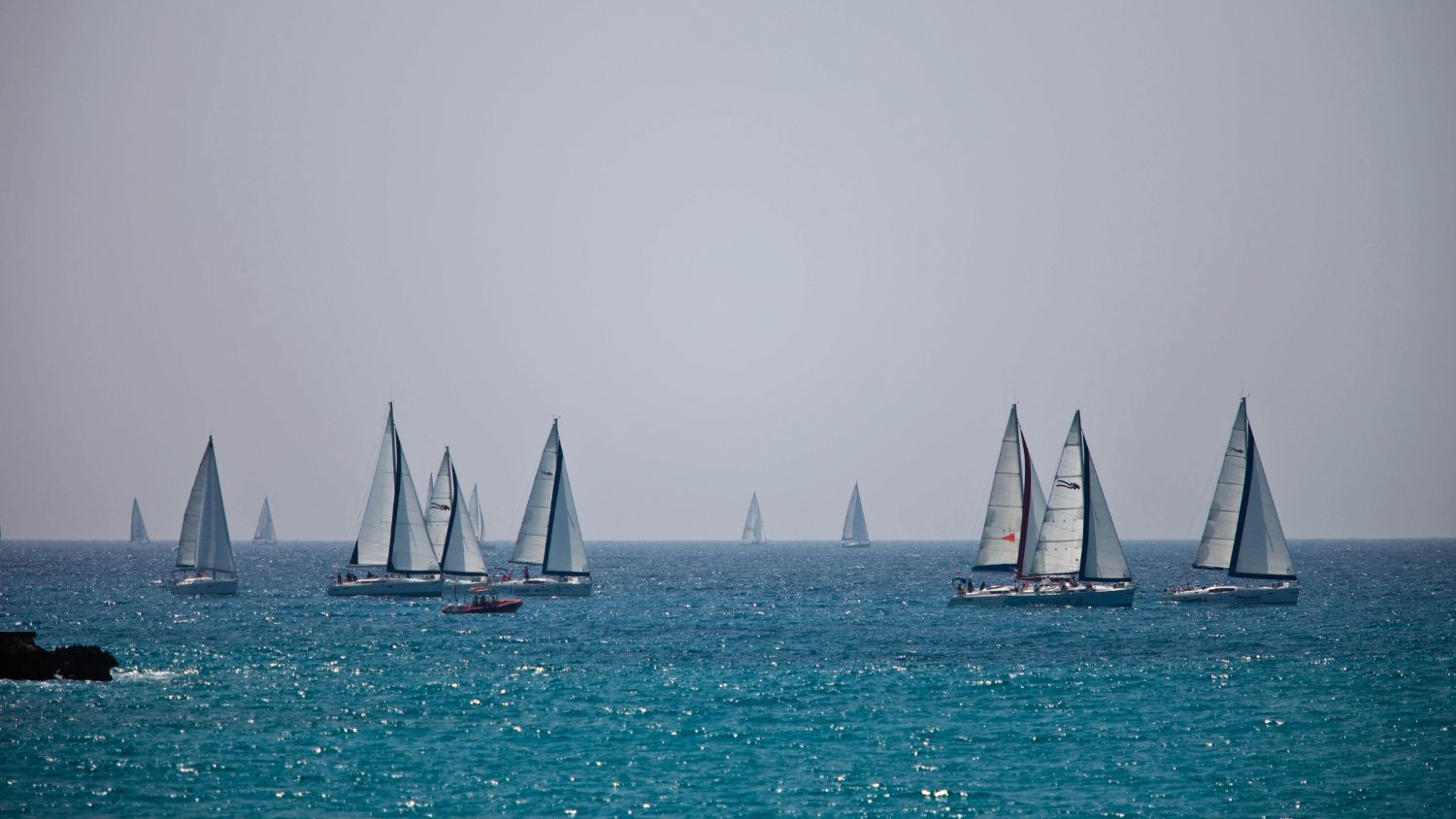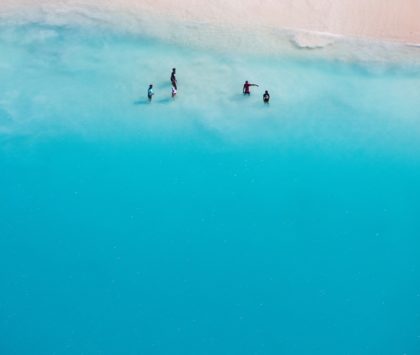
“The plane, the plane!” I whispered to myself almost delightedly. As I floated in the salty but sweet, sweet ocean at Maho Beach, I never would have thought I’d have – I’m dating myself here – my Fantasy Island moment as an Airbus A320 plane rumbled over me. But, unlike in Fantasy Island, there’s no mystery as to where this plane spotting takes place: the fantastical Caribbean island of Sint Maarten, famous for, well, plane spotting.
Part of the Kingdom of the Netherlands, Sint Maarten is a country on the southern part of a Caribbean island shared with Saint Martin, a French overseas collectivity. This division dates back to a treaty signed by the two countries in 1648 (Treaty of Concordia), which divided the island into two parts. The Dutch side of the island is renowned for spotting low-flying airplanes because it sits right outside the end of the runway of Princess Juliana International Airport, providing the perfect spot to swim and spot ’em. But there’s so much more to the island that takes flight the minute you land on that precarious runaway. Here’s how to go Dutch in Sint Maarten with some recommendations of what to see and do.
Delve into diversity

Fort Amsterdam, St Maarten
Sint Maarten feels different from other Caribbean islands. It’s highly developed with more than a touch of Vegas splashed throughout, vibrant and electric. Popular with Americans, it’s also vastly diverse in population and landscape, not only because of the Dutch and French influences, but also because its population includes people from more than 70 countries. You can hear everything from English-based creole, Dutch, French, Spanish, and Papiamento, a Portuguese-based creole language spoken in the Dutch Caribbean.
Its capital, Philipsburg, incorporates this diversity with streets filled with brightly painted homes, shops and restaurants influenced by a mix of Dutch, French, English and more. Grab a sorbet from Gelateria Milano and stroll the capital for a slice of history and diversity. It buzzes with beachfront bars that line the boardwalk along Great Bay and Voorstraat, or Front Street, is popular among cruise ship dockers for its duty-free shops and casinos. Sint Maarten Museum displays artifacts from the indigenous Arawak people. And look out for the ruins of 17th-century Fort Amsterdam, which was built by the Dutch in 1631 on a peninsula that juts out between Great Bay and Little Bay.
Head to Harold Jack lookout point on Cole Bay Hill, just west of Philipsburg, to catch panoramic views of the capital. And, take in an Insta-worthy sunrise and sunset pic off Simpson Bay Lagoon, the largest inland body of water in the Caribbean.
Sail Away

Take to the waters the best way the island knows how: by sailing. Sint Maarten has become one of the best sailing regions in the Caribbean with sail-filling trade winds. Even if you’re a first time sailor, you can take to the helm by participating in the St. Maarten Twelve Metre Racing. This sailing experience has guests working as integral crew members while competing with a race boat to the finish line. It’s an exhilarating, tough, and at times, anxiety-inducing experience, but where else can you say you hoisted a sail as a first-timer?! My team of mostly Germans visiting for the day from a cruise ship didn’t win the race, but we felt like we won in life, getting to view Sint Maarten in all its glory from an ocean vantage point.
Parotte Ville Bird Sanctuary & Museum

Photo: Parotte ville
With a name like George Parotte, it was near destiny for him to open the Parotte Ville aviary. Passionate about birds and history, the affable Parrotte developed this sanctuary in 2015 to house about 140 birds, including sun conures – one of the world’s most colorful birds – and sun conure hybrids, ring-neck parakeets, black headed caiques and more. During the 2017 hurricane that devastated the island, Parrotte cared for the birds at home while the island recovered. He’s a gem, and so is the small history museum he created on site with artifacts collected in large part from his grandparents. Ask him about the coal-fired iron or other objects and he’ll regale you with stories of his childhood for a sense of what life was like before the tourism boom.
The Journey to Johnny Cakes
You can’t come to Sint Maarten without taking a bite into the fried doughy goodness that are Johnny Cakes. This is a staple throughout the Caribbean with each island differing slightly in its recipe. A touch of sweetness, and light and crisp on the outside with a tender and airy centre, these bite-sized cakes also tell a story of slavery days. Johnny cakes were originally called a journey cake because they were made and packed as a lunch and snack for enslaved people about to embark on long journeys. Some historians think that colonists slurred the words, pronouncing it as johnnycakes.
In Sint Maarten, the main difference in their cakes is the rolling technique and the fact they often include special flavourings or ingredients such as cinnamon, says chef Lennox Fleming from Fleming’s Cafe, where I get my hands dusty and doughy in his Johnny-cake-making class.
Soar to New Heights
Ride the Soualiga Sky Explorer up the mountain ridge of Sentry Hill to the steepest point in Sint Maarten for 360 degree views of the island. Warning: be prepared for gale force winds; I recommend not wearing a dress on this excursion since I unintentionally flashed more than one unsuspecting tourist at the top! End your adventure with a stop into the Emilio Wilson Museum, which tells the stories of Trace Wilson who was born into slavery, and her direct descendant Emilio Wilson. The site displays what life was like on a plantation, and how Sint Maarten got to be known as ‘The Friendly Island.’

Photo: Under SXM Snorkeling Sculpture Adventure
Essential Experience: The Spirit of SXM Underwater Sculpture Park is a new eco-attraction due to launch in Divi Little Bay, consisting of more than 300 artificial reef sculptures placed along a designated trail. The sculptures play a crucial role in creating a protected habitat for marine species to thrive, as well as generating coral reefs, but they also tell the story of Sint Maarten.




